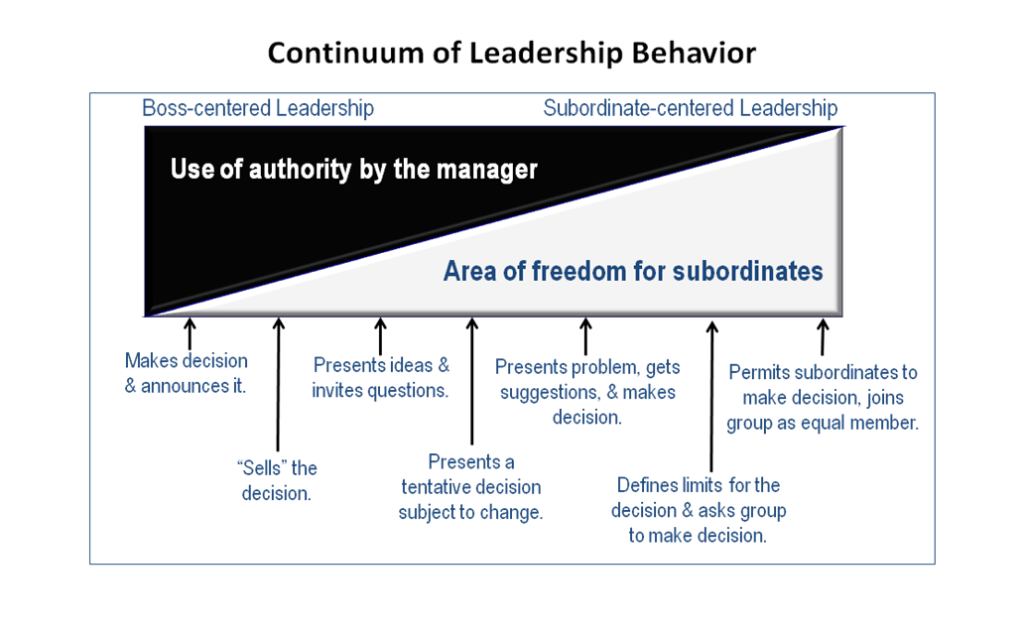Quality leadership is crucial for the success of any organization. Effective leadership drives innovation, improves employee morale, and enhances productivity. As such, improving the quality of leadership should be an ongoing effort in every organization. The commitment to developing effective leaders is not just about achieving short-term goals; it’s about ensuring long-term success and sustainability. This article explores the four most popular methods for increasing leadership effectiveness: leadership training, managerial selection and placement, organizational engineering, and rewarding leader behavior.

Most Popular Methods for Increasing Leadership Effectiveness
1. Leadership Training
Leadership training involves structured programs designed to develop specific leadership skills and competencies. These programs can range from workshops and seminars to online courses and mentorship programs. Effective leadership training focuses on various aspects such as strategic thinking, communication skills, emotional intelligence, and conflict resolution.
| Benefits of Leadership Training | Description |
| Enhanced Decision-Making Skills | Leaders learn to make informed decisions that align with organizational goals. |
| Improved Communication | Training improves leaders’ ability to convey messages effectively and listen to their teams. |
| Increased Emotional Intelligence | Leaders become more adept at understanding and managing their emotions and those of others. |
| Better Conflict Resolution | Training equips leaders with the tools to handle conflicts constructively. |
| Strategic Thinking | Leaders learn to think critically and plan long-term strategies. |
2. Managerial Selection and Placement
Selecting and placing the right individuals in managerial roles is critical for leadership effectiveness. This method involves identifying individuals with the potential to lead and placing them in roles where they can maximize their strengths. The selection process should be rigorous, focusing on candidates’ skills, experience, and potential for growth.
| Key Factors in Managerial Selection | Description |
| Competency | Assessing the skills and knowledge required for the role. |
| Experience | Considering past performance and relevant experience. |
| Potential | Evaluating the candidate’s ability to grow and adapt. |
| Cultural Fit | Ensuring alignment with organizational values and culture. |
| Leadership Style | Matching the leadership style with the needs of the team and organization. |
3. Organizational Engineering
Organizational engineering involves designing and restructuring the organization to support effective leadership. This includes creating clear reporting lines, defining roles and responsibilities, and fostering a culture of collaboration and innovation. Organizational engineering ensures that leaders have the support and resources they need to succeed.
| Components of Organizational Engineering | Description |
| Structural Design | Creating an organizational structure that supports leadership roles and responsibilities. |
| Role Clarity | Defining clear roles and expectations for leaders and their teams. |
| Resource Allocation | Ensuring leaders have access to the necessary resources and tools. |
| Cultural Development | Building a culture that encourages innovation, collaboration, and continuous improvement. |
| Feedback Mechanisms | Implementing systems for regular feedback and performance evaluation. |
4. Rewarding Leader Behavior
Recognizing and rewarding effective leadership behavior is essential for encouraging and sustaining high performance. This can include financial incentives, promotions, public recognition, and opportunities for professional development. Rewarding leader behavior not only motivates the individual leader but also sets a positive example for others in the organization.
| Methods of Rewarding Leader Behavior | Description |
| Financial Incentives | Bonuses, salary increases, and other monetary rewards. |
| Promotions | Advancing leaders to higher positions based on performance. |
| Public Recognition | Acknowledging achievements in meetings, newsletters, or award ceremonies. |
| Professional Development Opportunities | Providing access to further training, education, and career advancement programs. |
| Personalized Rewards | Tailoring rewards to individual preferences and needs. |
Conclusion
Investing in leadership training and other methods to enhance leadership effectiveness is vital for organizational success. By focusing on leadership training, managerial selection and placement, organizational engineering, and rewarding leader behavior, organizations can cultivate a strong leadership culture. This, in turn, leads to improved performance, higher employee satisfaction, and sustainable growth. Continuous effort in developing leadership capabilities ensures that organizations remain competitive and capable of navigating the complexities of today’s business environment.
